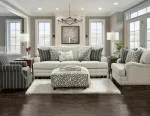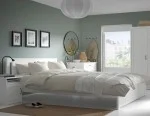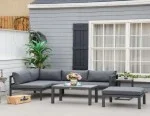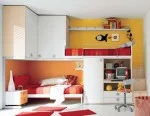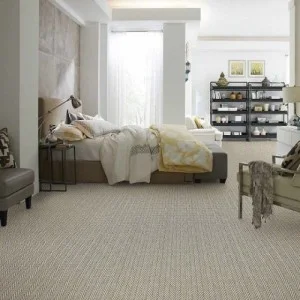Home / Grass Carpet
Gym Flooring: The Essential Guide
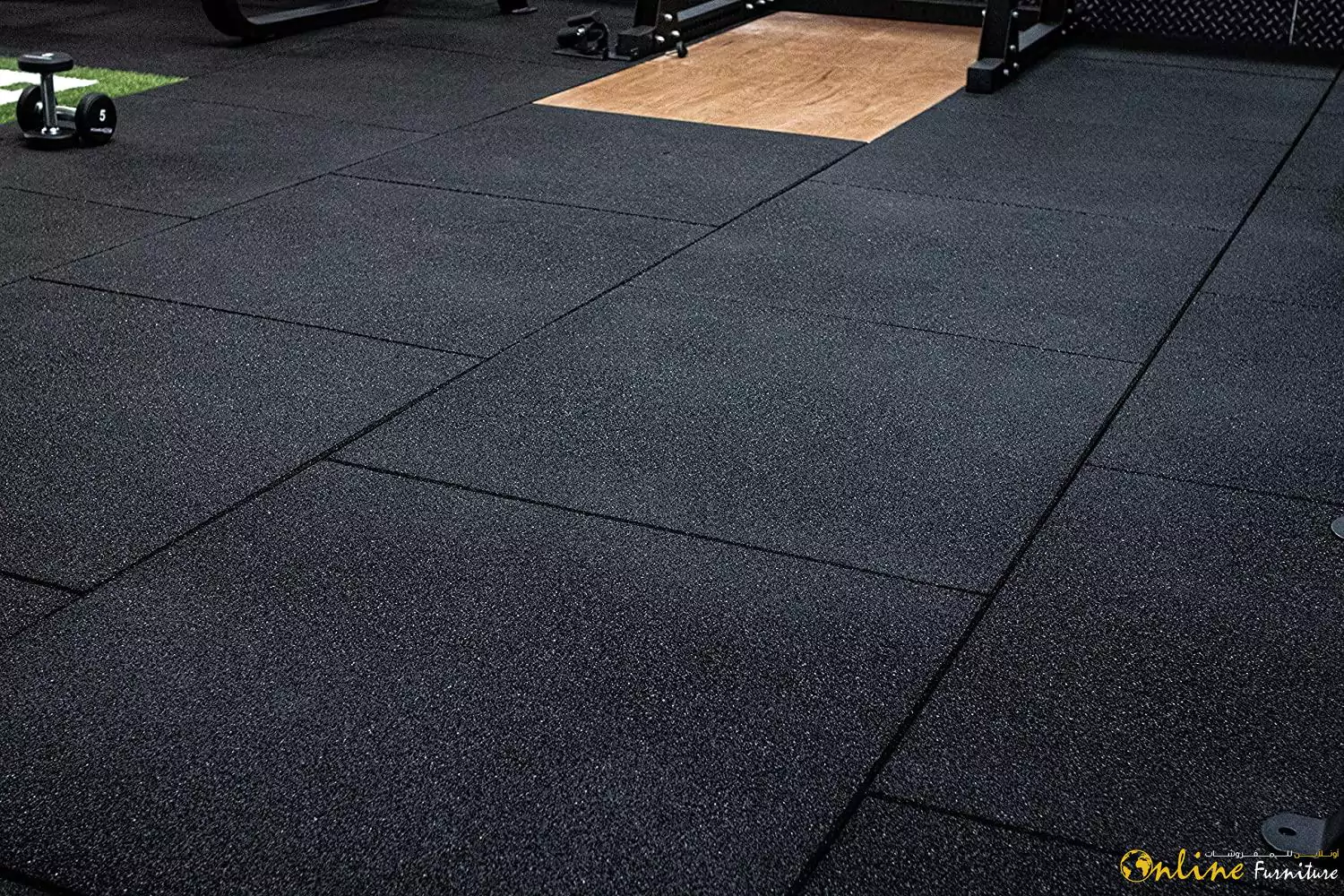
Gym flooring is a specially designed type of flooring that is used in fitness centers, health clubs, and home gyms. Gym flooring serves several purposes, including:
- Shock Absorption: Gym flooring is designed to absorb shock and reduce impact on joints during exercise, particularly during high-impact activities like weightlifting, cardio, and plyometric exercises.
- Durability: Gym flooring is typically made from durable materials that can withstand heavy foot traffic and equipment use.
- Hygiene: Gym flooring is often designed to be easy to clean and maintain, which helps to promote hygiene and prevent the spread of germs and bacteria.
- Noise Reduction: Gym flooring can help to reduce noise in a gym environment, particularly if weights are dropped or heavy equipment is being used.
There are several types of gym flooring available, including rubber flooring, foam flooring, and vinyl flooring. The type of flooring that is best suited for a gym will depend on factors such as the type of exercise being performed, the level of foot traffic, and the gym’s budget.
GYM FLOORING CAN BE USED IN A VARIETY OF PLACES, INCLUDING
- Commercial Gyms and Fitness Centers: Most commercial gyms and fitness centers use gym flooring to provide a safe and durable surface for their clients to exercise on.
- Home Gyms: Many people who have home gyms also use gym flooring to protect their floors from damage and to provide a cushioned surface for exercise.
- Yoga and Pilates Studios: Yoga and Pilates studios often use foam flooring or rubber flooring to provide a non-slip surface for their clients to practice on.
- CrossFit Boxes: CrossFit boxes typically use rubber flooring to provide a cushioned surface for high-impact activities like weightlifting, jumping, and running.
- Dance Studios: Dance studios often use sprung flooring, which is designed to absorb shock and reduce the risk of injury during high-impact dance routines.
- Martial Arts Dojos: Martial arts dojos often use foam flooring or vinyl flooring to provide a cushioned surface for martial arts training.
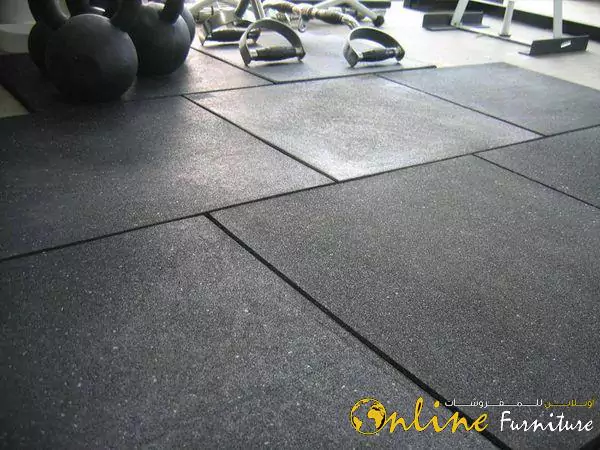
HERE ARE SEVERAL RAW MATERIALS THAT ARE COMMONLY USED TO MANUFACTURE GYM FLOORING. THESE INCLUDE:

- Rubber: Rubber is a popular choice for gym flooring because of its durability and shock-absorbing properties. It is typically made from recycled rubber materials, which makes it an eco-friendly option.
- Foam: Foam is a soft and cushioned material that is often used in gym flooring, particularly for activities like yoga and Pilates. Foam gym flooring is lightweight and easy to install, making it a popular choice for home gyms.
- Vinyl: Vinyl is a synthetic material that is often used in gym flooring because of its durability and water-resistance. It is also easy to clean and maintain, which makes it a good choice for high-traffic gym environments.
- Cork: Cork is a sustainable and eco-friendly material that is sometimes used in gym flooring. It is a natural shock absorber and provides good traction, which makes it a good choice for yoga and Pilates studios.
- Wood: Wood is a popular choice for gym flooring in dance studios and martial arts dojos. It provides a warm and natural surface that is easy to clean and maintain.
The choice of raw material for gym flooring will depend on the type of exercise being performed, the level of foot traffic, and the gym’s budget. Each material has its own unique properties and advantages, so it is important to consider all factors when selecting gym flooring.
Overall, gym flooring is a versatile and essential component of any fitness space, helping to promote safety, hygiene, and durability.
PROS AND CONS OF GYM FLOORING
- Rubber Flooring: Rubber flooring is a durable and versatile option that can be customized to fit your space. It is slip-resistant and can provide cushioning and sound absorption. However, it can be expensive and may emit a rubbery odor.
- Foam Mats: Foam mats are a budget-friendly option that can provide cushioning and shock absorption. They are easy to install and can be cut to fit your space. However, they may not be as durable as other options and can be difficult to clean.
- Carpet Tiles: Carpet tiles are a comfortable and affordable option for home gyms. They provide good traction and can be easily replaced if damaged. However, they may not be as durable as other options and can be difficult to clean.
Vinyl Flooring: Vinyl flooring is a low-maintenance option that can mimic the look of wood or stone. It is easy to clean and provides good traction, making it a great option for commercial gyms. However, it may not be as durable as other options and can be slippery when wet.
FAQ'S
The best type of gym flooring depends on your specific needs and budget. Rubber flooring is a popular choice due to its durability and slip-resistance, but foam mats and carpet tiles are also affordable and comfortable options for home gyms.
The cleaning requirements for gym flooring depend on the type of flooring you have. Rubber flooring can be swept and mopped with a mild cleaner, while foam mats can be wiped down with a damp cloth. Carpet tiles and vinyl flooring can be vacuumed and mopped with a mild cleaner.
In some cases, gym flooring can be installed over carpet. However, it’s important to ensure that the carpet is in good condition and that the gym flooring is compatible with carpet installation.
The thickness of gym flooring depends on the type of exercise you’ll be doing and the amount of impact it will have on the flooring. For high-impact exercises like jumping and weightlifting, thicker flooring may be needed to provide cushioning and shock absorption.
Some types of gym flooring, such as rubber flooring, can be used outdoors. However, it’s important to ensure that the flooring is designed for outdoor use and can withstand exposure to the elements.
